All illustrations by Felicity Rose Cole
Creeping thistle (Cirsium arvense)
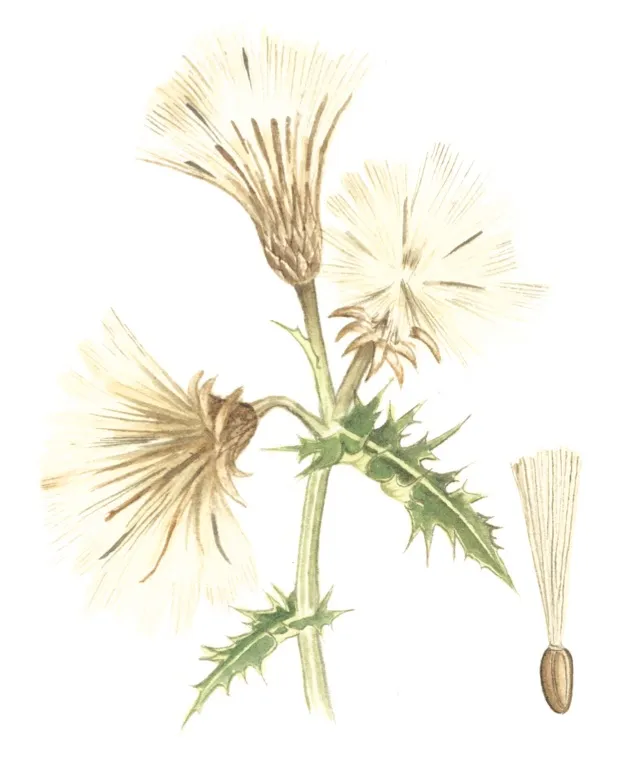
Produces white, feathery seeds, or thistledown. Before dispersal each tight seed head is known as a pappus.
Lesser burdock (Arctium minus)
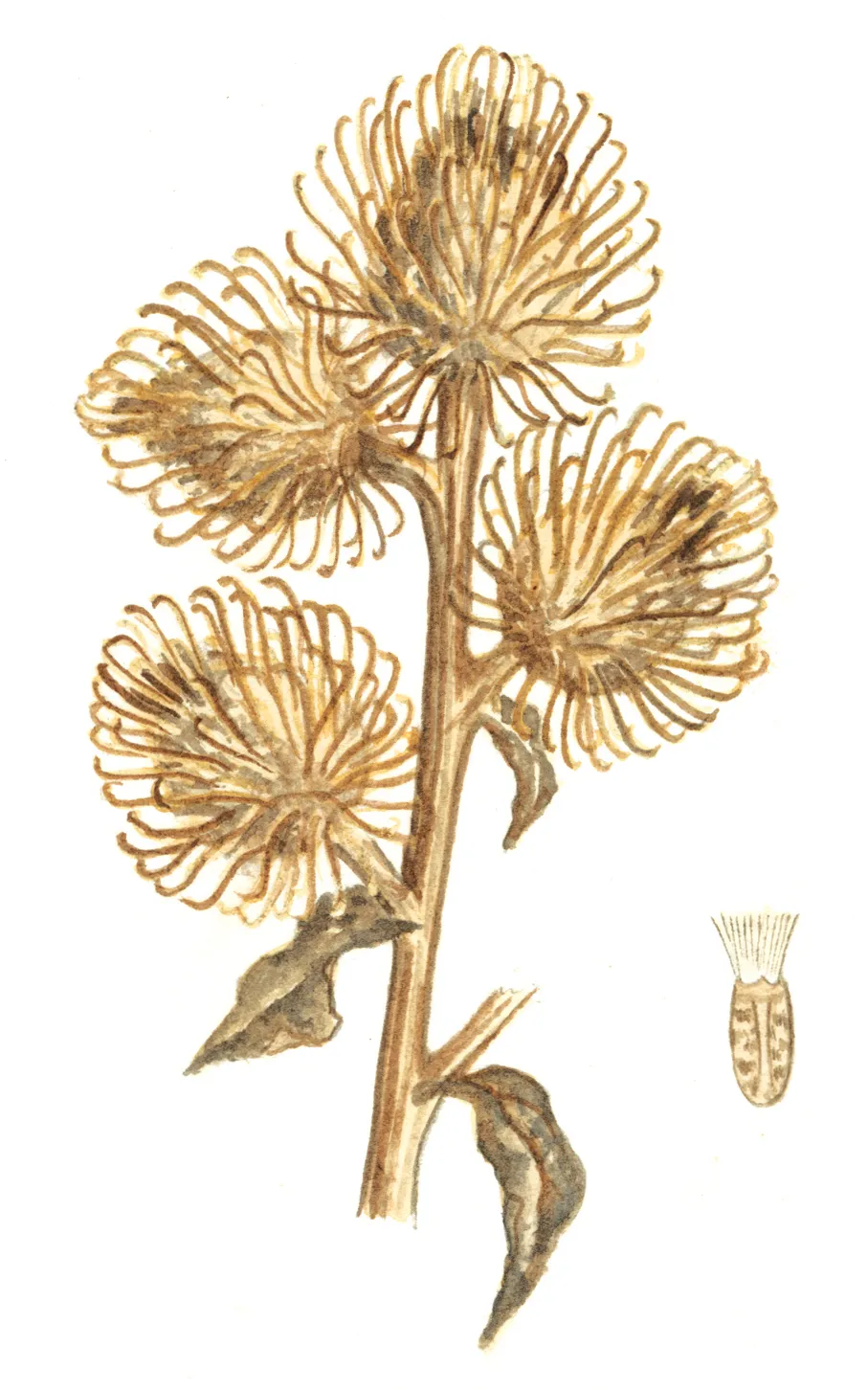
Relative of thistles that bears stiff, prickly, hooked seeds, which disperse by clinging to fur.
Teasel (Dipsacus fullonum)
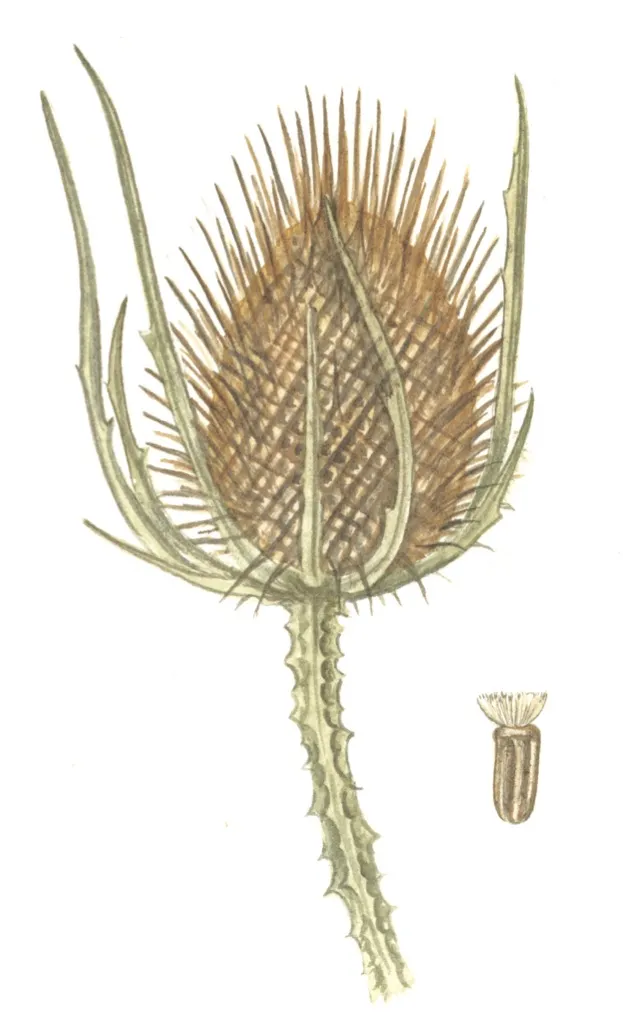
Tall, thistle-like herb that produces fruiting heads protected by spikes, once used to tease out wool fibres.
Traveller’s joy (Clematis vitalba)
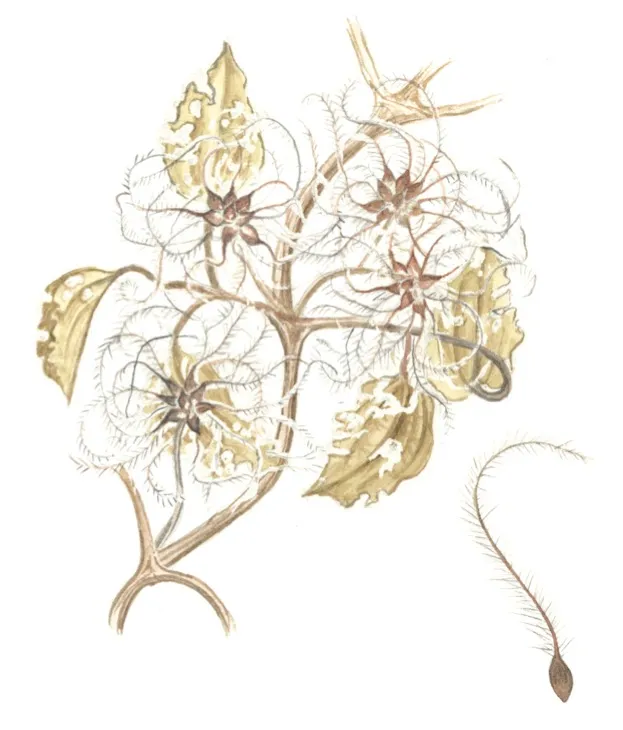
Hedgerow climber that bears seeds on pale grey, wispy tendrils, hence its alternative name of old man’s beard.
Goat’s-beard (Tragopogon pratensis)
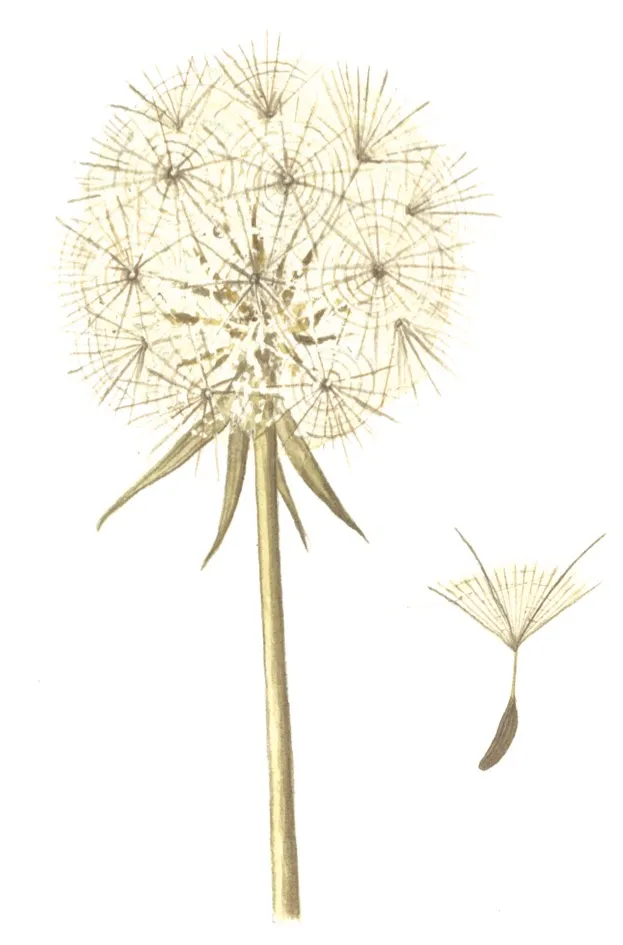
Member of dandelion family that produces a spherical ‘clock’, each containing many fluffy seed heads.
Common mallow (Malva sylvestris)
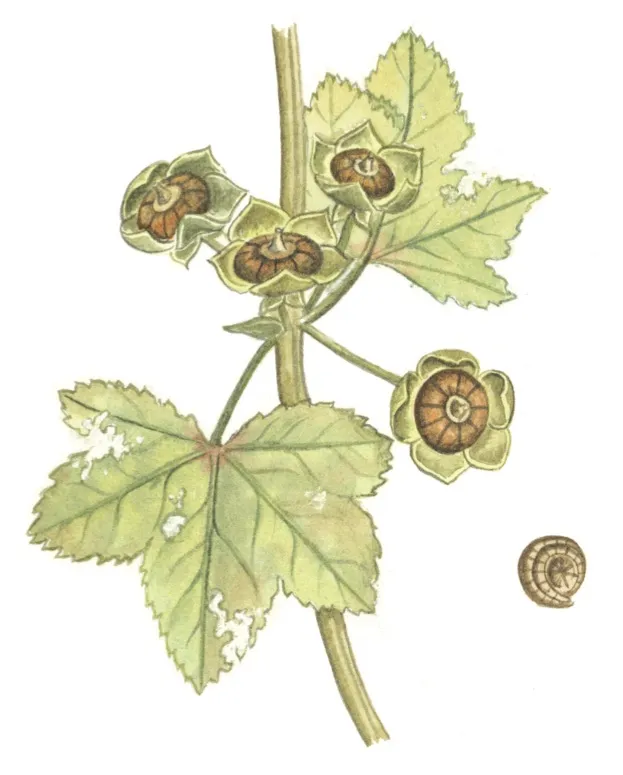
Wayside plant that bears seeds inside capsules shaped like cheeses, hence their old name of pick-cheeses.
Meadow cranesbill (Geranium pratense)
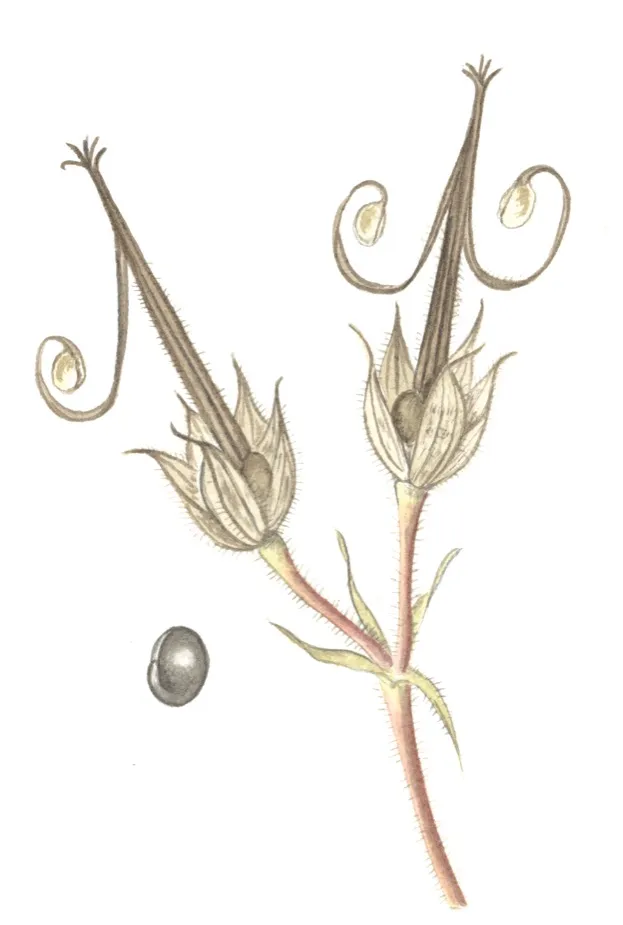
Wayside plant that encloses its seeds in pointed pods shaped like beaks. When ripe, they explode at a touch.
Agrimony (Agrimonia eupatoria)
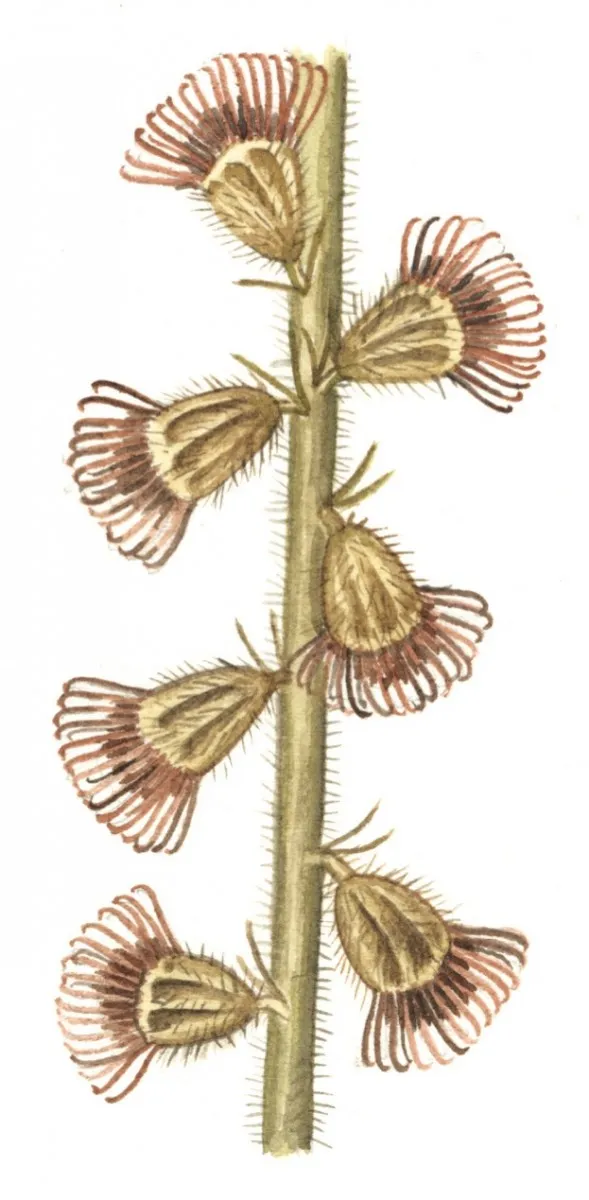
Tall grassland flower that bears burs on long spikes; these can be ‘unzipped’ by pulling upwards.
Bird’s-foot trefoil (Lotus corniculatus)
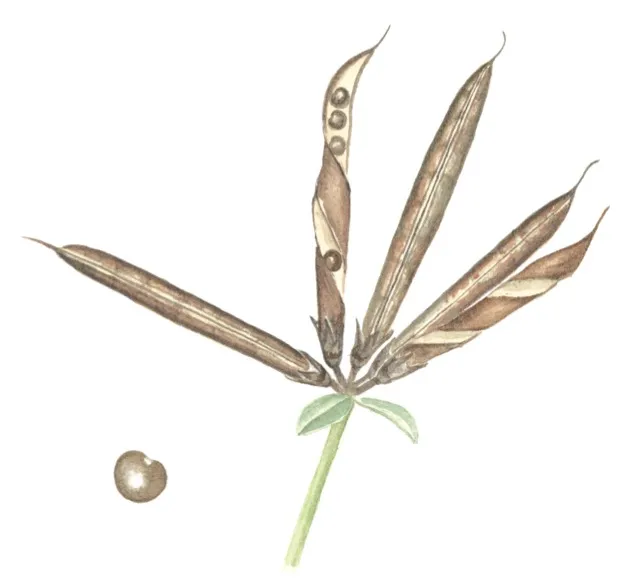
Member of the clover family with splayed pointed seed pods in the shape of a bird’s foot.
Himalayan balsam (Impatiens glandulifera)
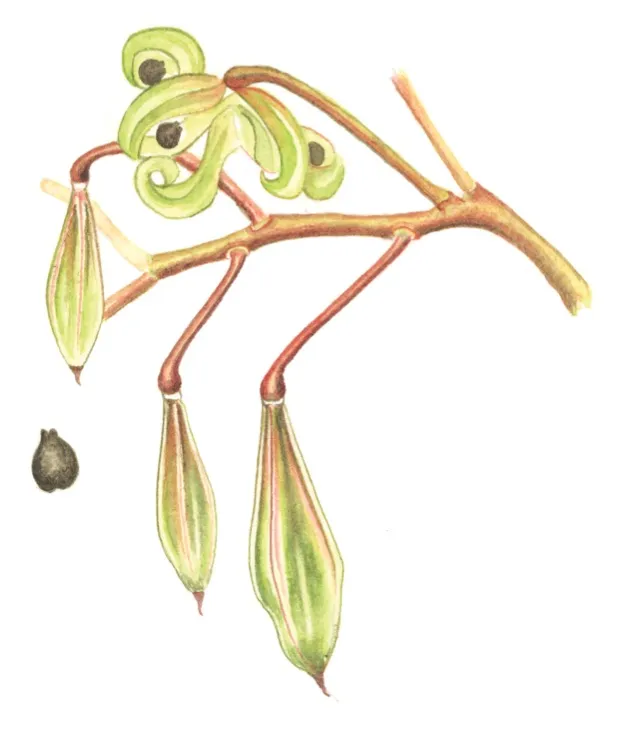
Invasive, damp-loving plant from the Far East. Its seed pods explode at a touch when ripe.
Wood avens (Geum urbanum)
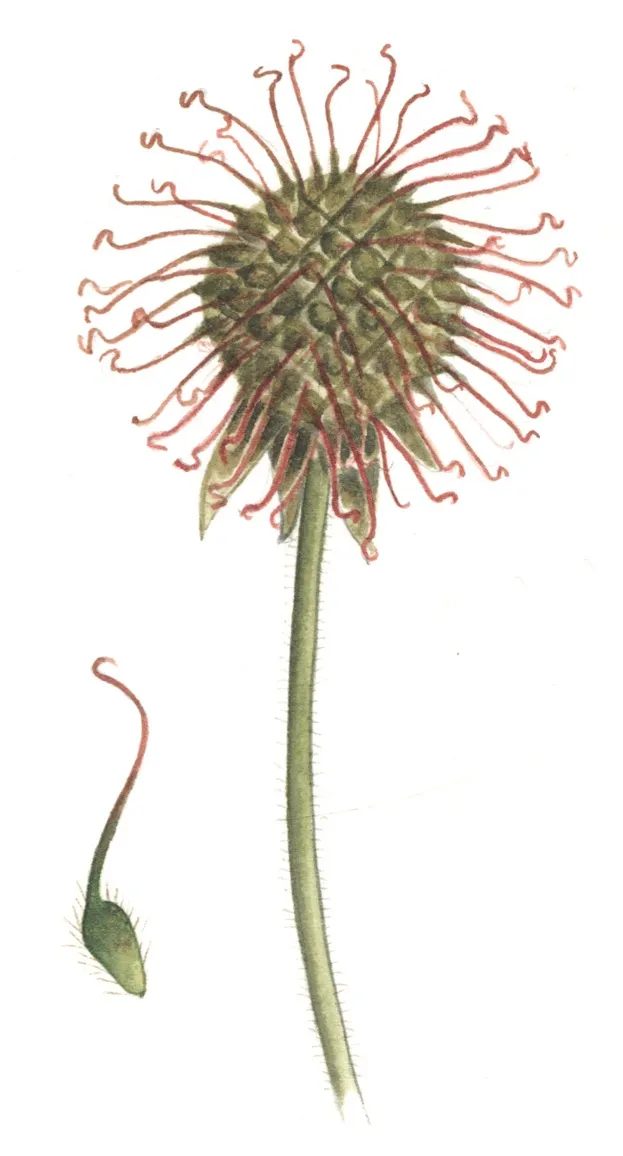
Hooked seeds designed to attach to the fur of passing animals. When bur dries out, those left fall to the ground.
Hogweed (Heracleum sphondylium)
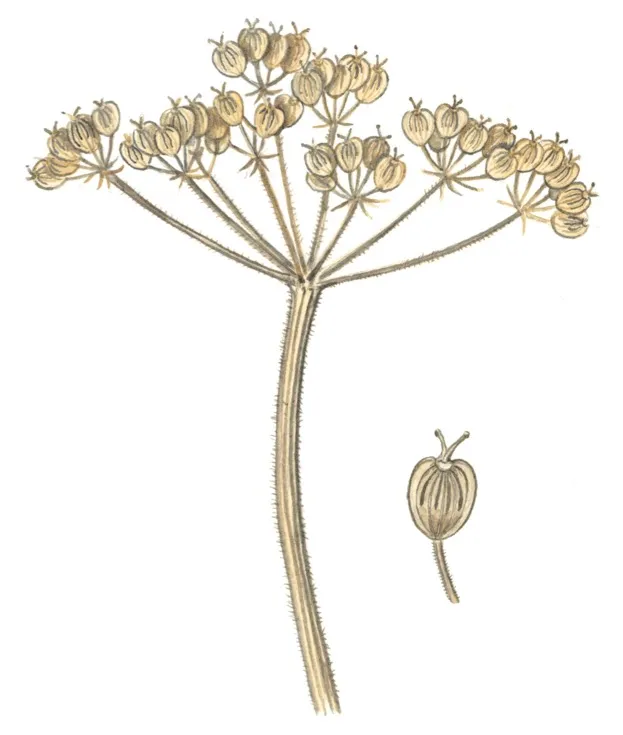
Large relative of cow parsley with round, ribbed seeds that cling to the dried umbrellas of the parent plant.
Main image: Wild teasel silhouette. © Stephen F Kitt Photos/Getty